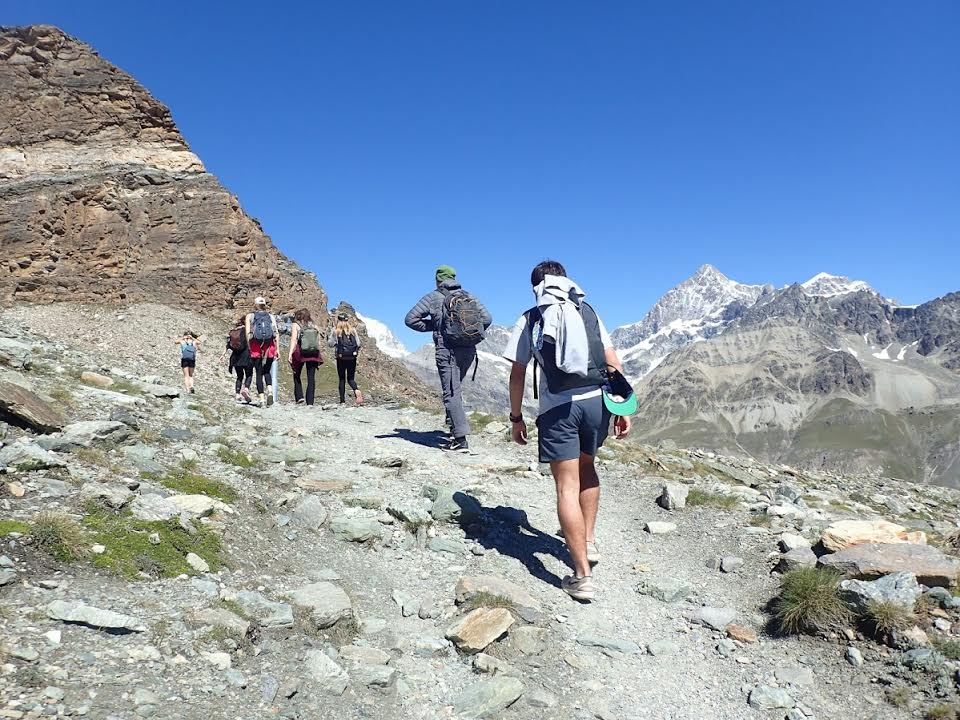Trip 20 - 2017

Itinerary
- Greece
- Italy
- Austria
- Germany
- Switzerland
Students
- Jacob Bloom
- Andy Eisinger
- Amy Kohlbrenner
- Devin Miller
- Zoe Miller
- Katherine Wearing
Trip Leader
- Mr. Taylor, age 84
Assistants
- Katy Dykstra-Cantrell
- Caitlen Lacey
- Rebecca Novak
- Liam Taylor
- Julie Zeigler-Nacco
Trip Highlights
ROME
You introduce them to Roman history at the Trajan column. You are in the midst of the forums of the Emperors. Trajan fought in the eastern sector in the early 2nd century, A.D.
As I write the United States is over there, firing death bombs from pilot less drones. In a couple of months it will be 2017, A.D.
As you walk past the drab facades of commercial building on your right, toward the piazza, tell the students to look up. “No,, further up”. One or two of them are interested in finding a ATM machine on a wall ahead. With some suspense, ask them to look “way up” again.
Then they see it. Their gaze finds the plaque that tells that Michel Angelo died in his studio behind the wall. This can be a moment of existential power. For a split second, this dramatic moment can exceed trying to see the ceiling paintings in the “Sistine Chapel”, when heavy crowds making stiff necks as you gasp for air and fight for a partial view..
Leader note --- your sense of awe, that Michelangelo died so close to where you are standing, with nobody except you and the students realizing this, is travel awe. The element of surprise is essential. You sneak history up on them. Suddenly Michelangelo is with you. You are upon his grave.
MOSES
Not far, down the boulevard toward the Coliseum is a small modest church where a marvelous creation by Michel Angelo. It is his Moses, a statue that rivals his David. Sigmund Freud came and stared at the Moses on thirteen occasions. What was the leader of the biblical “great escape” going to do with the plates, those ten moral commandments that he precariously held by his side.?
Will Michelangelo through his Moses bring the tablets within reach, or let them slip s out of sight and leave us empty of morality, even nihilistic?
LUTHER
Luther couldn’t pull it off. His devotion exhibited as he crawled on his knees higher and higher up the steps of St.Peters, was of the desperate to liberate him from his guilt. But his anguish would continue. Shrine after Shrine didn’t didn’t deliver. He couldn’t pray away his guilt. It was only later that the prime founder of the Protestant reformation discovered that “the just must live by faith” and the number of steps didn’t count for a thing.
Leader note --- Paul Tillich is helpful with Luther’s “the just shall….” with his “accept your acceptance.” He refers, of course, to God’s grace. This can be realized in psychotherapy.
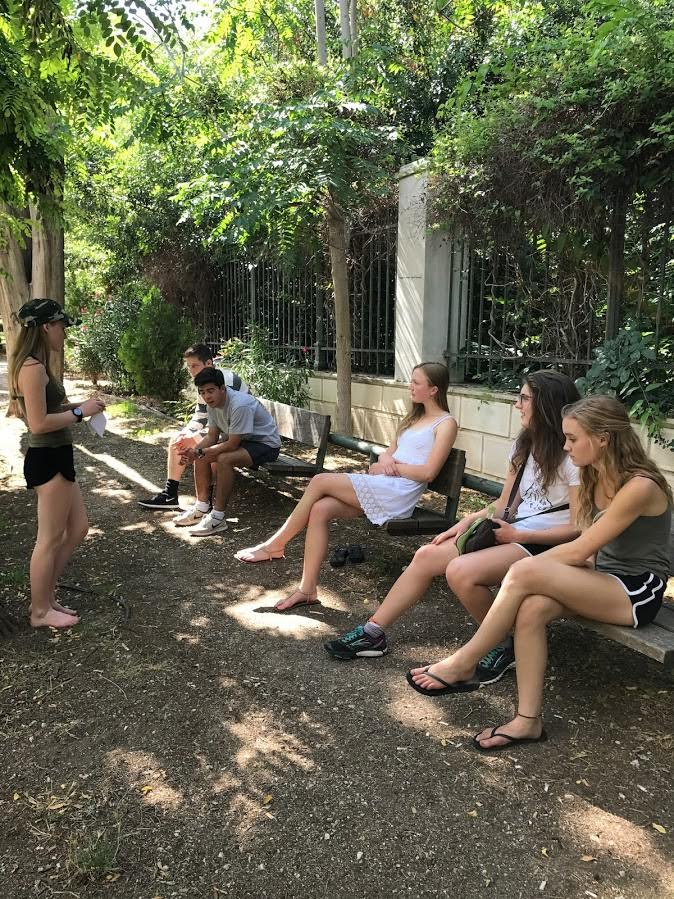
Here Devin is presenting Aristotle where the multi-talented genius walked, better, "strolled," with other philosophers in the 4th century B.C., "thinking." Serious scholarship commanded the attention of Arete XX students. Devin was magnificent. Her memorized reading of ‘The Inferno’ in front of Dante's home in Florence impressed the night. By memory. And her spontaneous solo descent into the quarry at the concentration camp at Mauthausen, staggered our vision.
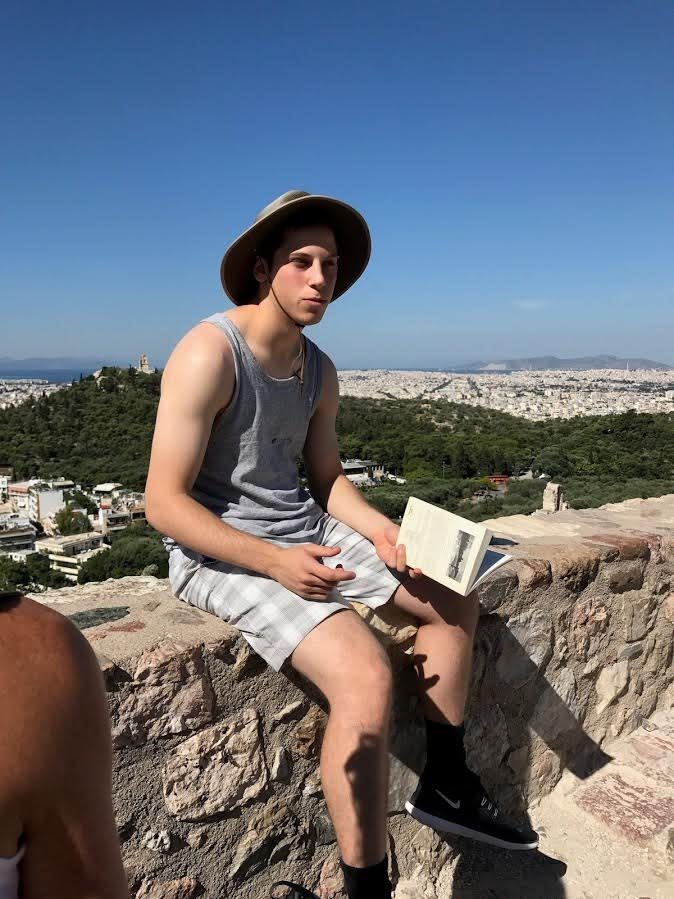
With ‘Athenian Odyssey’ in hand, Jacob Bloom told his companions about the bloody battle of Salamis. You can see the blue water of the Straits on the far horizon. Jacob became the star of the trip, along with Devin, with his flare for the itinerary, ability to make connections. Connections, the primary method of education for Arete thought. Oh, Thucydides was said to have been in the battle that the Greeks won. And Jacob was able to read his accounting in his play, ‘The Persians,’ many centuries later. The Golden Age of Greece broke forth in the 5th century B.C. Some scholars reason that there would not have been this glorious period in history if the Greeks had lost the battle in the straits of Salamis.
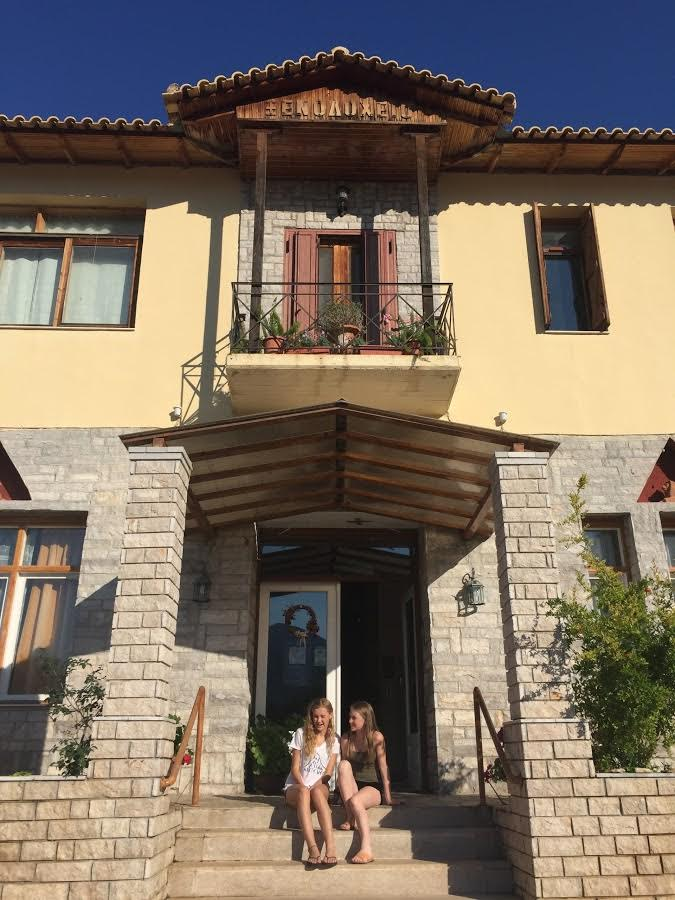
This hotel is the Arete home at Mycenae in Greece. The family has owned it since before World War II. We are made to feel very special there. Agamemnon led Greek troops back from Troy to Mycenae, only to suffer a horrible welcome home from his jealous wife, Clytemnestra.
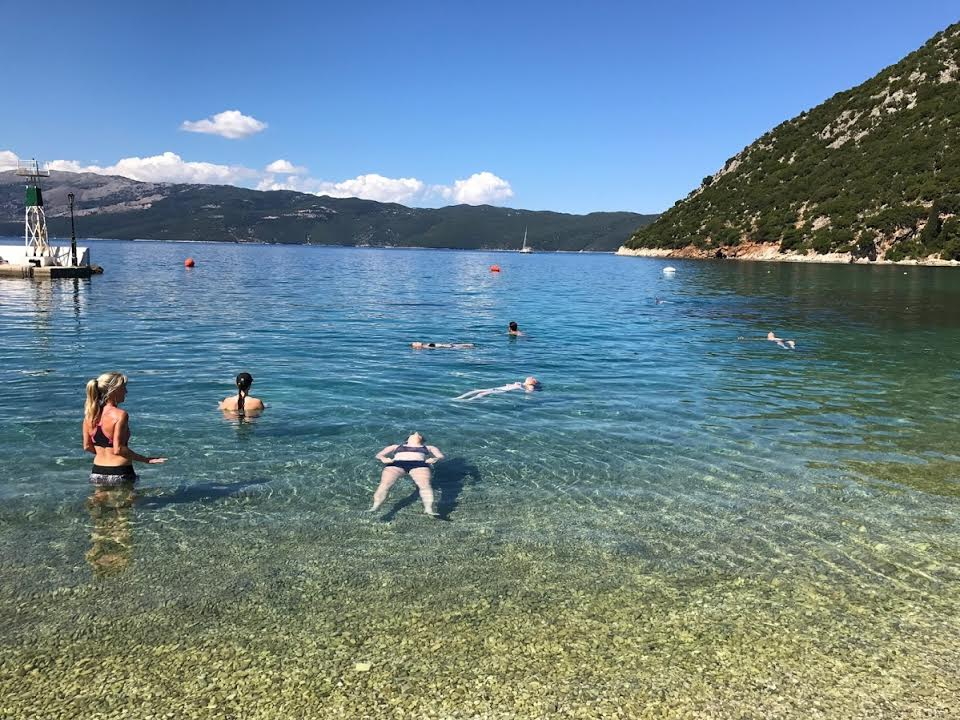
We held a special staggered run from Nostos Inn up and through the village of Stavros, then down to the Cove of Telemachus (Odysseus’s son). One by one they arrived, tossed their shoes and began their floating. See the mythology as Athena helps Telemachus on his voyage from our 1997 beach.
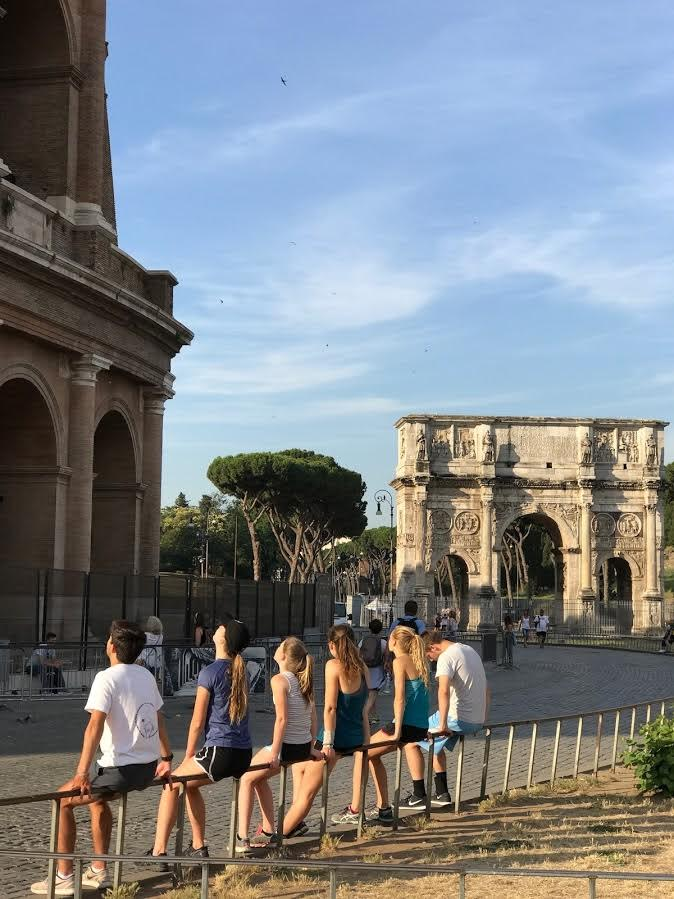
The Arch belongs to the 4th century A.D. emperor, Constantine. Students observe the edge of the Colosseum and home of the games for the Roman Emperors some 300 years before. Arete seminars dig for perspective on these very different chaps, Caesar and Constantine.
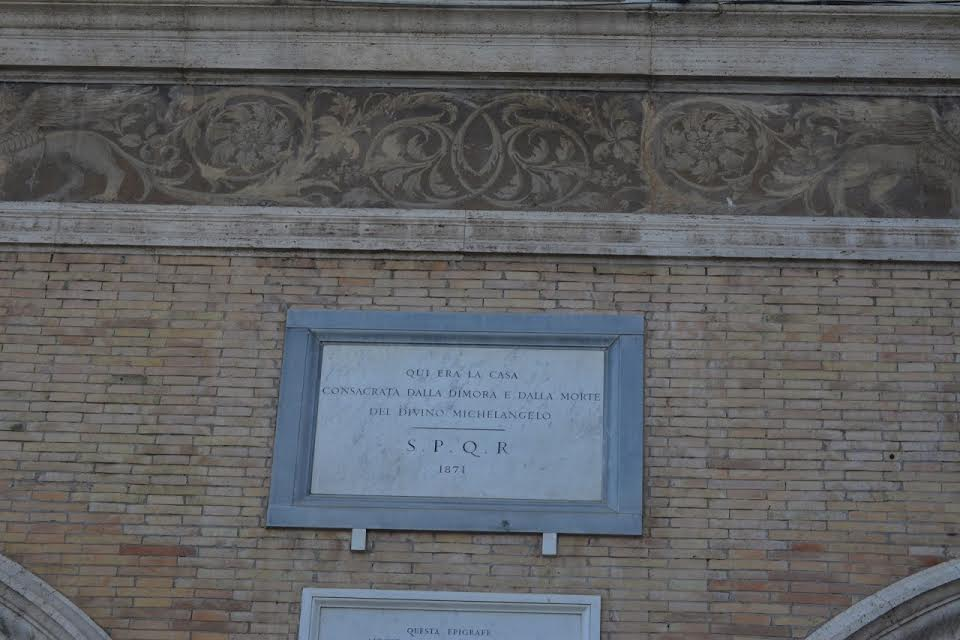
Jacob and Katy went on an Odyssey to find this little known plaque which commemorates the place of Michelangelo’s death in Rome. It took quite some time to find it on the side of an office building even with instructions from Coach.
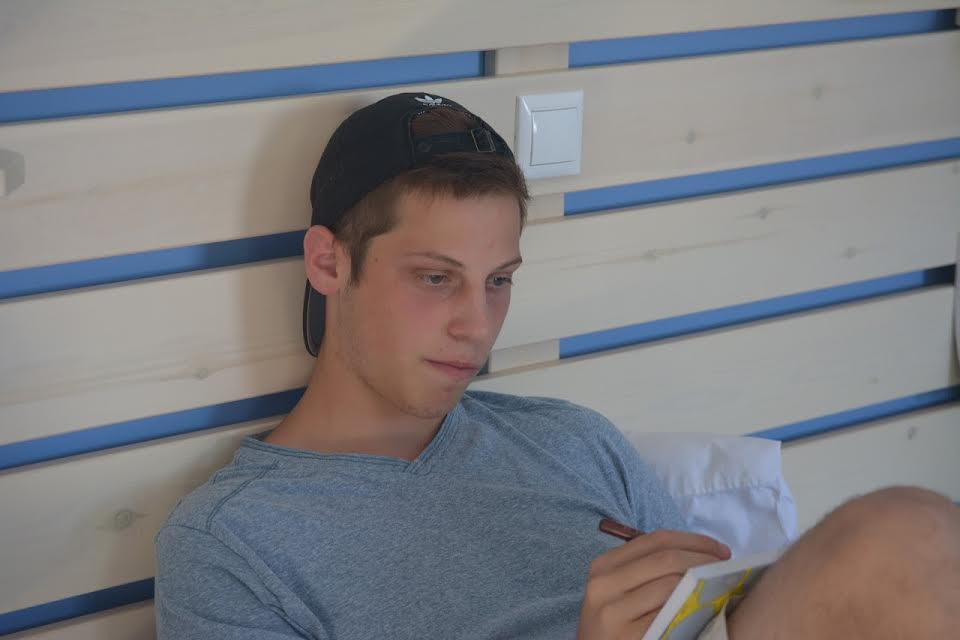
This isn't the head of a Caesar, but Jacob warrants special status for his intellectual growth on the trip. His serious thinking inspired others. He turned out to be a gem. Both excitement of voice and abstract thinking made for pondering on the trails of the Greek philosophers.
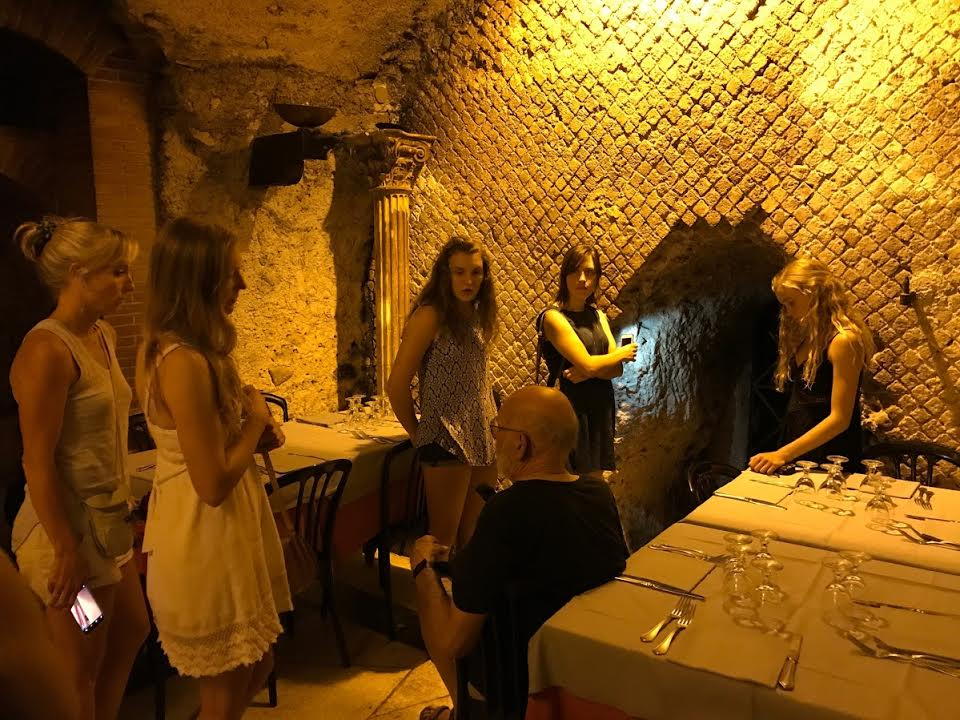
Since 1995 and Arete locating where Caesar was stabbed to death, when in Rome we have gone below street level and into the rooms where Caesar was killed by fellow senators. Jenny LaPlante and Jake Levine of the 1995 Arete year both claim finding the location. They both can produce a passionate argument. Standing over the death location of Caesar is the statue of Bruno. The Roman Christian Church burned him alive because he wouldn’t denounce Aristotle and other philosophers during the 17th century Renaissance. Bruno is an Arete hero. Pigeons enjoy his company.
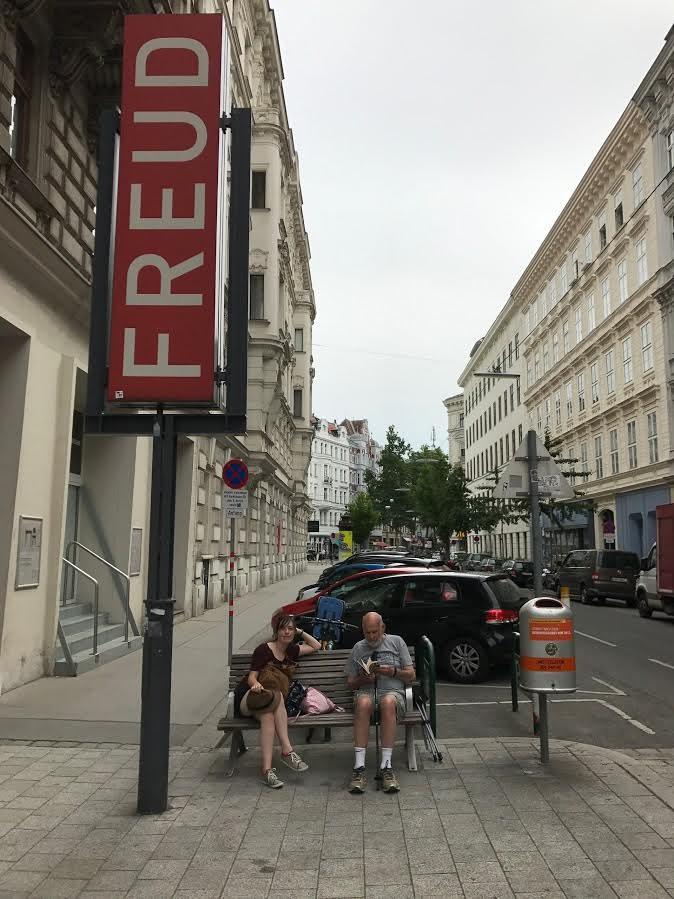
Coach Taylor and chaperone, Becca, sit outside the house and office of Freud. Freud’s controversial ideas are crucial to Arete understanding.
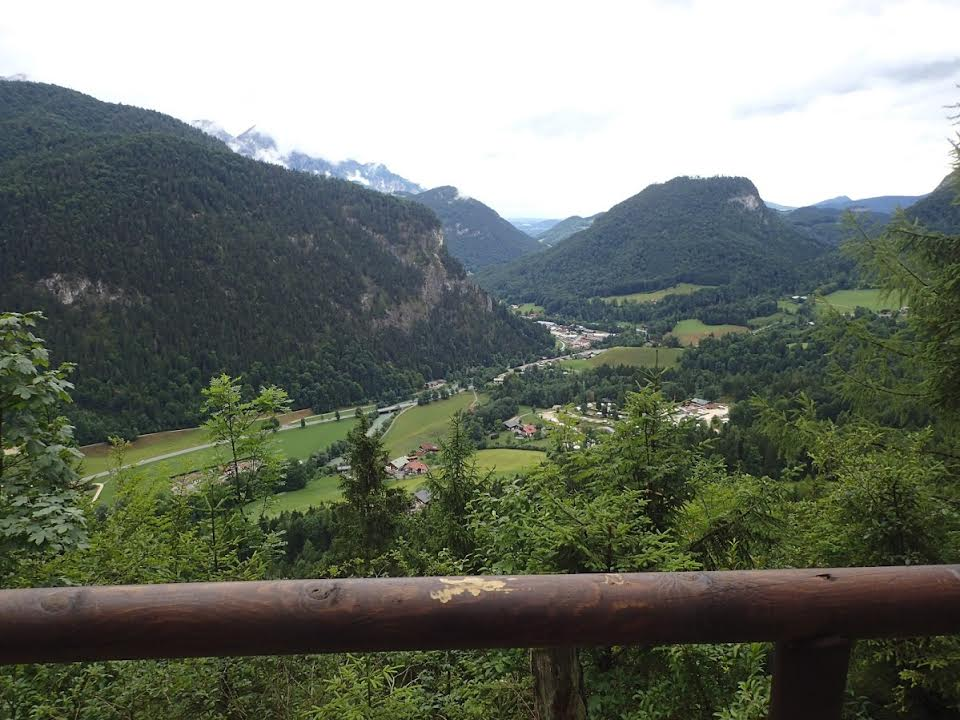
Students hiked the trail which Hitler had trodden some 300 times during the height of his power. The final destination was his Teahouse, fairly unknown compared to the Eagle’s Nest which Hitler rarely attended due to his fear of heights. The Teahouse provides this stunning view of the German-Austrian border in contrast with the horrors that Hitler planned here. The students ran and walked back up whereas Hitler was driven up the steep hill to his HQ and home.
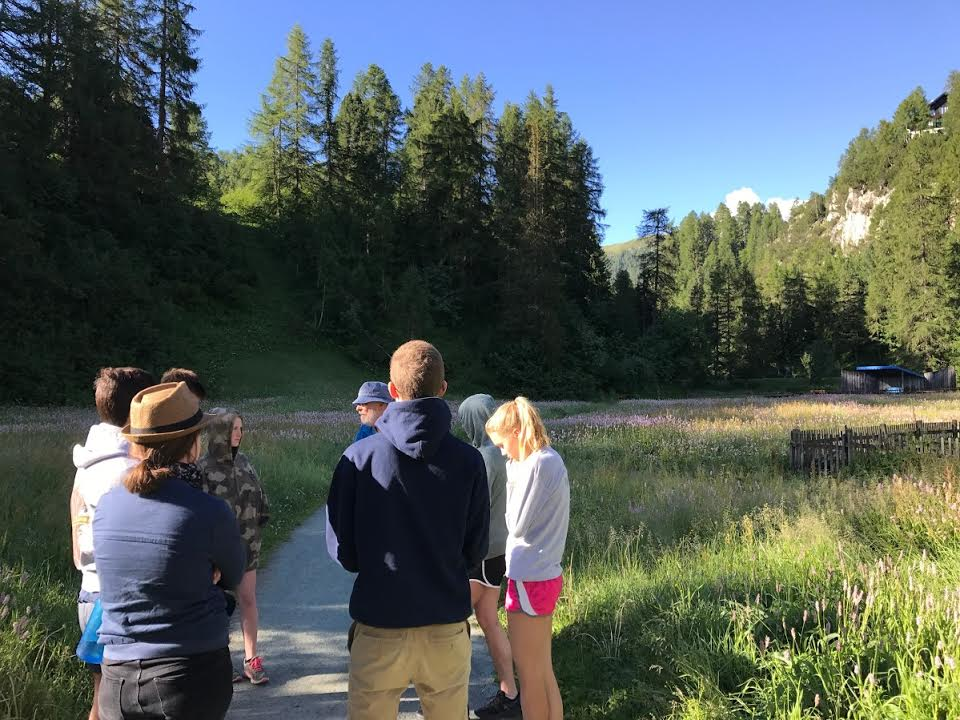
Nietzsche spent his summers in the 1880's in the forest at the far end of this magnificent valley with peaks, lakes, and lush scenes. Each of the students interpreted a quote from Nietzsche and presented it to the group before embarking on the stunning hike.
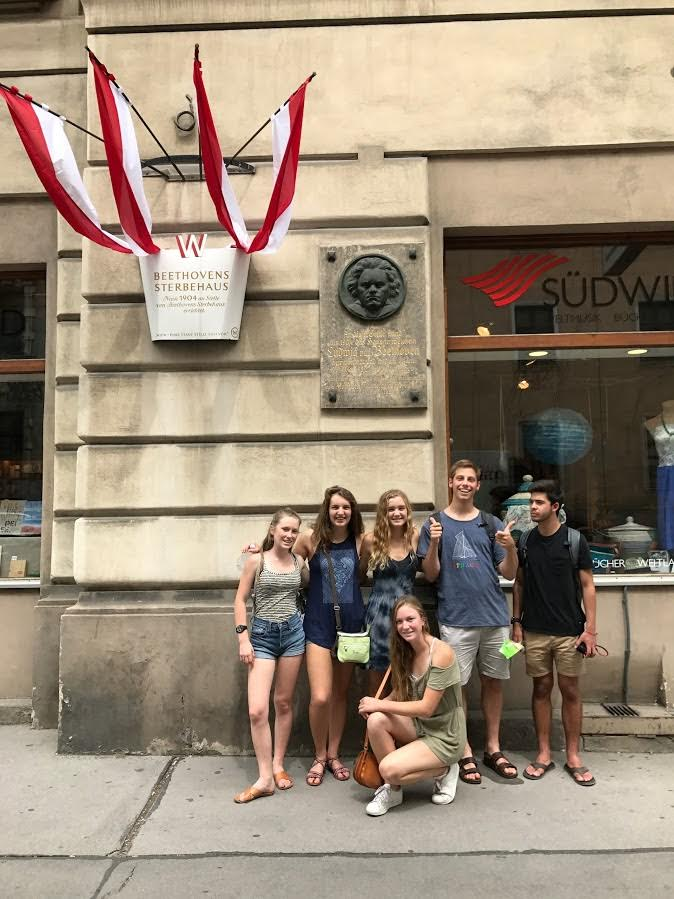
The students located the plaque in Vienna commemorating Beethoven’s death. His 9th symphony was played boldly in a nearby park by the Arete students and was the soundtrack for many long car journeys.
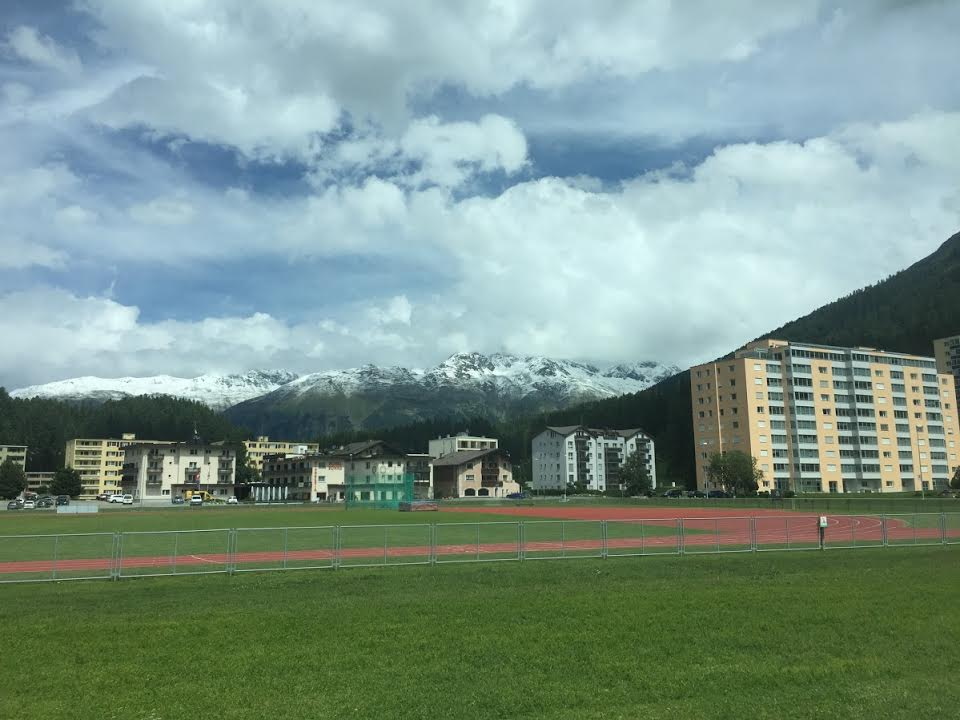
Arete first encountered this fantastic setting in 1979. It was dark in 1979 and we worked out on the DIRT running surface. The track, today synthetic, is where Olympians train. And the continuous number of Arete groups.
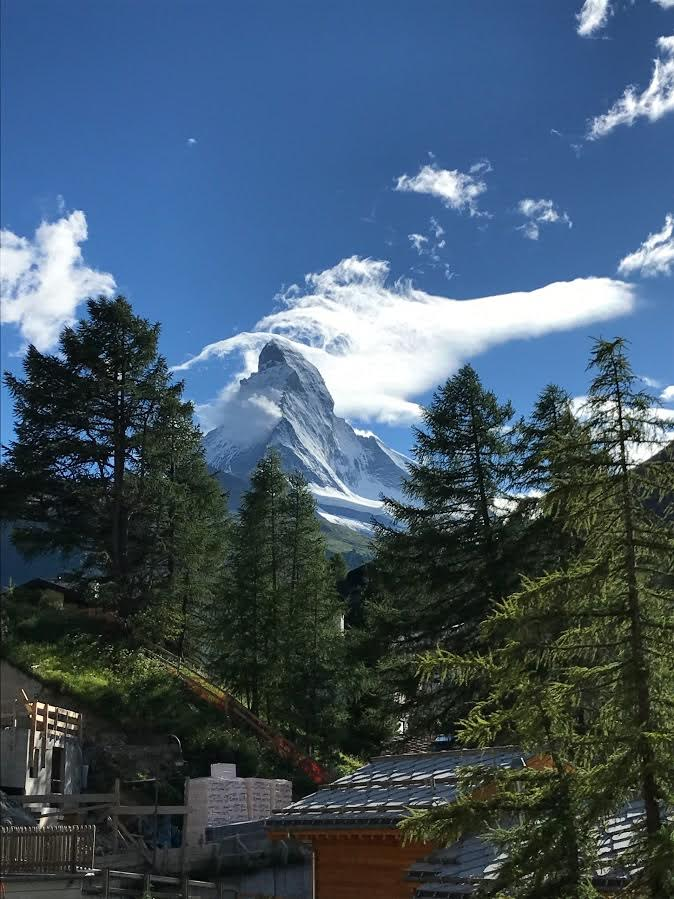
The Matterhorn cleared for the first time in weeks just in time for the Arete students to climb to the highest point possible without mountaineering equipment. Coach admired the breathtaking view from below.
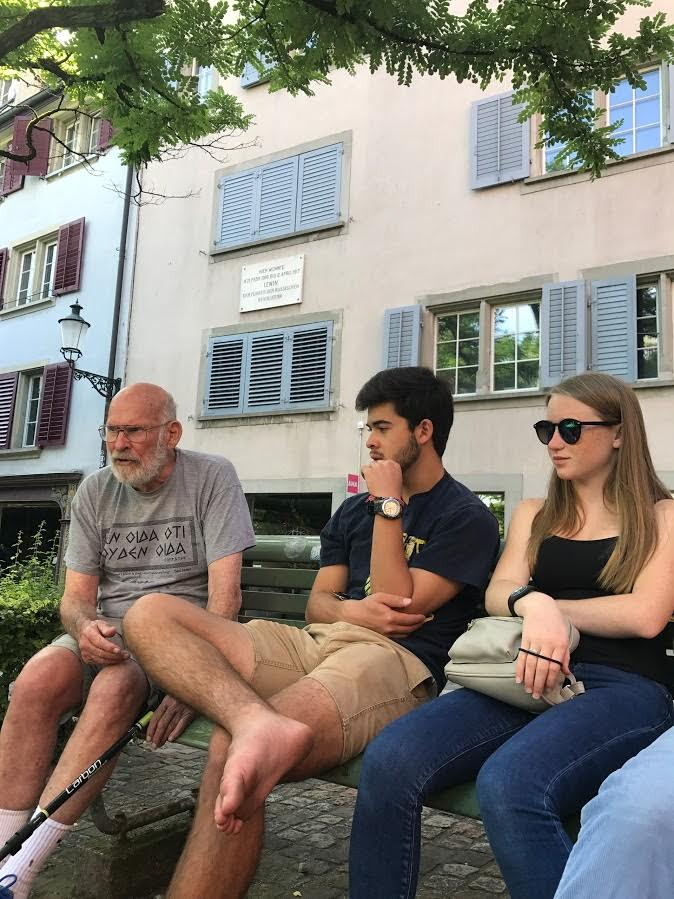
Here Coach talks to several Arete students in front of the apartment in Zurich where Lenin lived in 1917. The leader of the Russian revolution left from this location rather swiftly in 1917 in order to take the trains to Russia and be able to lead the revolution. Arete has located this compelling location a number of times. The name of the street is Spiegelgasse. Arete seeks out these historical connections. They make for meaningful connections.
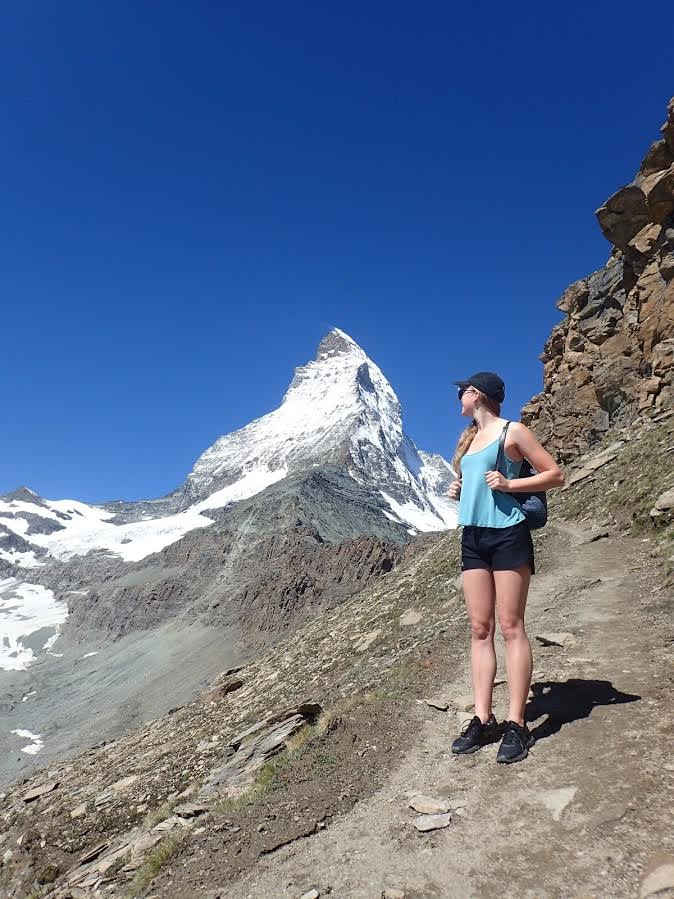
While climbing the Matterhorn, student, Amy, waved to Coach from the top of the mountain.
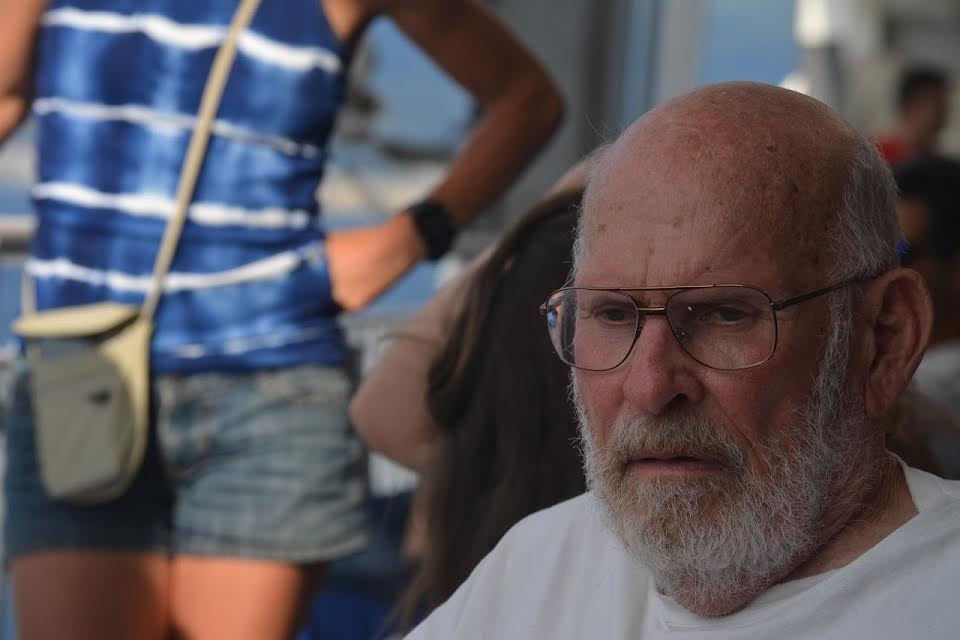
Coach Taylor reflects as the group travels back from Ithaca. The teacher and leader of the trip provided constant knowledge, insights and an excellent sense of humor. He offered a life-changing experience for all who accompanied him on the trip.
